Topics
Category
Era
Eliza Winston Court Case
On August 21, 1860, enslaved African American Eliza Winston was freed from her Mississippi owner in a Minneapolis court. After being granted legal freedom, however, Winston faced white mob violence and was forced to leave the area. The event showed that although slavery was illegal in Minnesota, many white Minnesotans supported the practice when it economically benefited them.
Eliza Winston was forty-two years old in 1860, and she had been close to freedom once before. Her husband was a free man of color who planned to buy Winston's freedom from her owner at the time. But he died during a trip to Liberia, and Winston was pawned or sold to Mississippian Richard Christmas.
In the summer of 1860, Winston traveled to St. Anthony when Christmas, his wife, Mary, and their young daughter went on vacation. Christmas brought Winston along so she could care for the daughter and for Mary, who was ill. He promised to free Winston in July. Like many vacationing Southern slaveholders, the Christmases roomed at the Winslow House.
Although slavery was legal in Southern states, Minnesota banned the practice in its first state constitution of 1857. But under the U.S. Supreme Court's 1857 Dred Scott v. Sandford ruling a few months earlier, an enslaved person could not become free simply because he or she lived in a state that banned slavery. Fortunately for Winston, Northern judges usually ignored the Dred Scott decision. If the circumstances were right, Winston had a chance of being freed.
While Winston was in St. Anthony, she met Emily Goodridge Grey and her husband, Ralph, a free African American couple. The Greys were respected community members and abolitionists with ties to powerful local figures. They introduced Winston to notable local anti-slavery leaders, including W.D. Babbitt, Ariel S. Bigelow, and William S. King, later founder of Northrup, King and Company.
On August 21, Emily Grey, Babbitt, and Grey's white friend Mrs. Gates filed a legal complaint asserting that Winston was being "restrained of her liberty by her master." By this time, the Christmases and Winston had moved from the Winslow House to a cottage on Lake Harriet, in Minneapolis. A judge sent the Hennepin County sheriff to bring her to court. A rowdy crowd of abolitionists accompanied the sheriff.
When the sheriff arrived, Mary Christmas ordered Winston to flee. Winston left slowly, however, and told the sheriff she wished to be free. The sheriff escorted her directly to the courthouse, where a judge could rule on the matter.
The scene outside the courthouse was a volatile one. The Hennepin County Courthouse was just across the river from St. Anthony, within view of the Winslow House, and many people in the area had an economic interest in slavery. If the court freed Winston, slaveholders would be less likely to visit the area. With that in mind, local businessmen and others who feared for their livelihood went to the courthouse to create a ruckus.
In court, Christmas's attorney argued that Winston's enslavement was legal. Winston's attorney read the single sentence from the state constitution and sat down. The judge, Charles E. Vanderburgh, was an abolitionist. He ruled in Winston's favor, and Christmas accepted the decision without complaint. He knew that despite the presence of pro-slavery mobs outside the courthouse, it was the abolitionists in the area who held political power.
The courtroom scene became chaotic, and a crowd outside protested Vanderburgh's decision. Winston's freedom was in danger, so Babbitt helped her escape to his home. That evening, a threatening gang of pro-slavery agitators surrounded the house. By then, however, Winston had disappeared to a safe house. Three days later, she filed an affidavit telling her story.
The Winston case revealed several contradictions in Minnesota's racial politics. On the one hand, the state constitution forbade slavery, and cities such as Minneapolis and St. Anthony were centers of the Midwest's abolition movement. On the other hand, many white Minnesota businessmen benefited from trade with Southern slaveholders, and white Minnesotans could be quick to form racial mobs.
As local business owners had feared, the Winston case did slow Southern tourism to Minnesota. This was a problem for only a few months, however. Southern states began leaving the Union in December 1860, following the election of Abraham Lincoln, and the Civil War erupted the following April.
Bibliography
Green, William D. "Eliza Winston and the Politics of Freedom in Minnesota, 1854–1860." Minnesota History 57, no. 3 (Fall 2000): 106–122.
http://collections.mnhs.org/MNHistoryMagazine/articles/57/v57i03p106-122.pdf
———. "The Summer Christmas Came to Minnesota: The Case of Eliza Winston, a Slave." Law and Inequality: A Journal of Theory and Practice 8, no. 1 (November 1989): 151–177.
Grey, Emily O. Goodridge. "A Black Community in Memoir." Ed. Patricia C. Harpole. Minnesota History 49, no. 2 (Summer 1984): 42–53.
http://collections.mnhs.org/MNHistoryMagazine/articles/49/v49i02p042-053.pdf
Lehman, Christopher P. It Took Courage: Eliza Winston's Quest for Freedom. St. Paul: Minnesota Historical Society Press, 2024.
Klement, Frank. "The Abolition Movement in Minnesota." Minnesota History 32, no.1 (March 1951): 15–33.
http://collections.mnhs.org/MNHistoryMagazine/articles/32/v32i01p015-033.pdf
Turner, Lois. "An Analysis of the Negro Slavery Issue in Minnesota, 1819–1861." M.Ed. thesis, Macalester College, 1965.
Related Resources
Primary
Swisshelm, Jane Grey. Half a Century. Chicago: Jansen, McClurg, and Company, 1880.
https://play.google.com/books/reader?id=lbViAAAAMAAJ&printsec=frontcover&output=reader&pg=GBS.PP1
Editorial, Pioneer and Democrat, August 22, 1860.
Editorial, Falls Evening News, August 23, 1860.
Secondary
Folwell, William Watts. A History of Minnesota, vol. 2. St. Paul: Minnesota Historical Society Press, 1961.
Green, William D. A Peculiar Imbalance: The Fall and Rise of Racial Equality in Early Minnesota. St. Paul: Minnesota Historical Society, 2007.
Stevens, John H. Personal Recollection of Minnesota and Its People and Early History of Minneapolis. Minneapolis: Tribune Job Printing Company, 1890.
Zalusky, Joseph W. "Eliza Winston: Slave Woman in Minnesota." Hennepin County History 24, no.1 (Summer 1964): 17–18.
Web
Minnesota Historical Society website. Minnesota Communities, Milestones: Abolition.
Originally found at: http://www.mnhs.org/school/online/communities/milestones/milestones_abolition.htm
Minnesota Historical Society website. Minnesota Communities: Eliza Winston's Account of Her Case.
Originally found at: http://www.mnhs.org/school/online/communities/milestones/ABOdoc2T_transcript.htm
Minnesota Historical Society website. Minnesota Communities: Article about the Slave Case.
Originally found at: http://www.mnhs.org/school/online/communities/milestones/ABOnws1T_transcript.htm
Minnesota Historical Society website. Minnesota Communities: Anti-abolitionist Article.
Originally found at: http://www.mnhs.org/school/online/communities/milestones/ABOnws2T_transcript.htm
Minnesota Historical Society website. Minnesota Communities: Newspaper Editorial.
Originally found at: http://www.mnhs.org/school/online/communities/milestones/ABOnws3T_transcript.htm
Related Audio
MN90: Eliza Winston's Case for Freedom
All rights reserved
Articles
Related Images
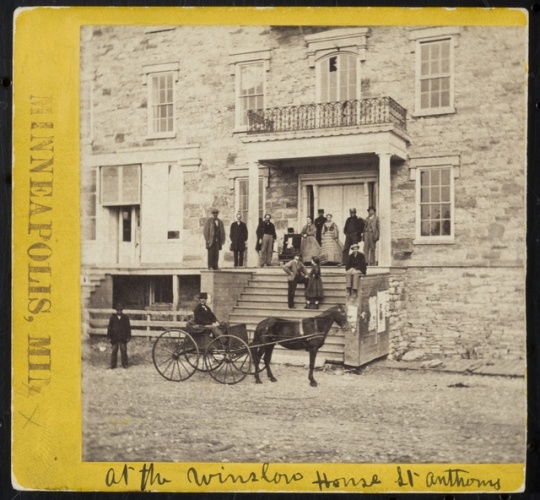
Entrance to Winslow House, St. Anthony
Holding Location
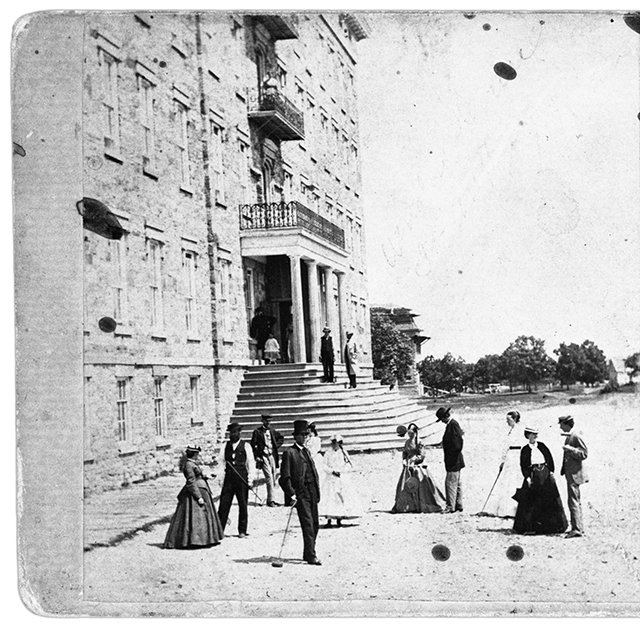
Winslow Hotel, St. Anthony
Holding Location
Articles
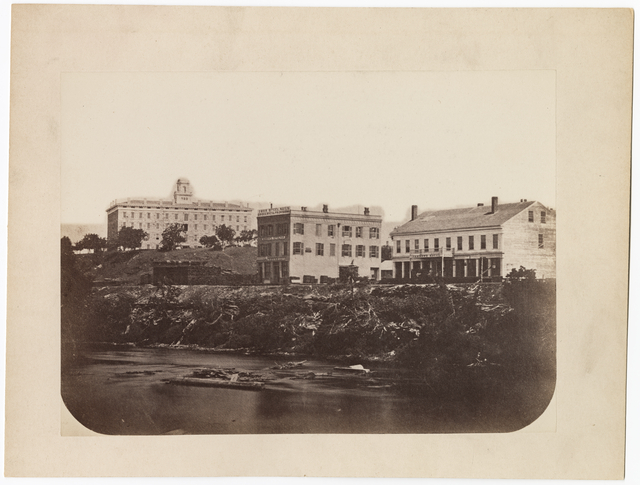
View of Winslow House, Upton Block and Jarrett House, St. Anthony
Public domain
Holding Location
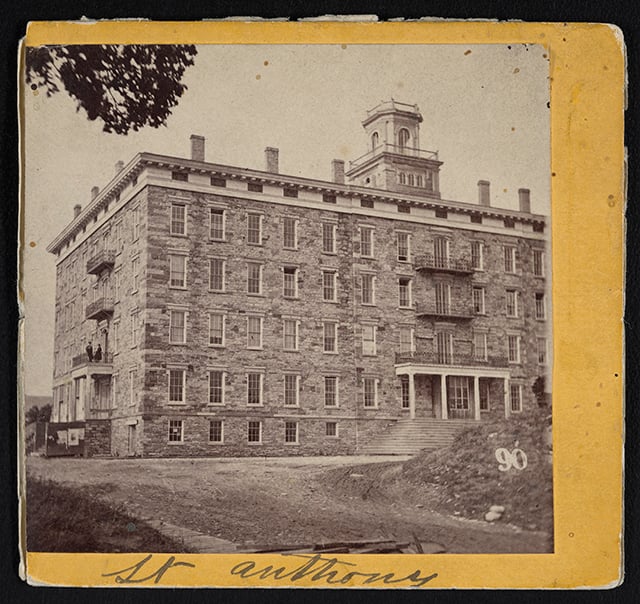
Winslow House, St. Anthony
Public domain
Holding Location
Articles
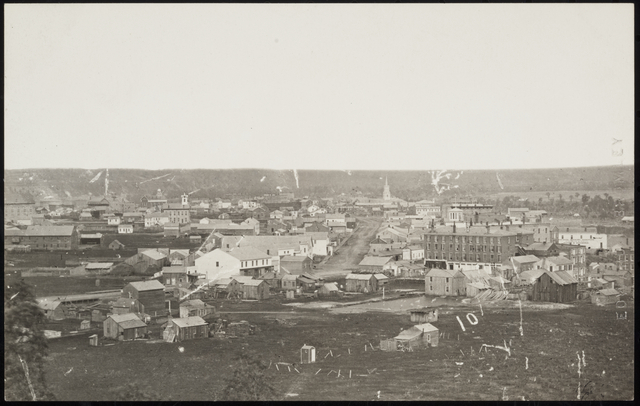
Winslow Hotel and Seven Corners, 1861
Public domain
Holding Location
Articles

Judge Charles E. Vanderburgh
Public domain
Holding Location
Articles
Related Articles
Turning Point
On August 21, 1860, Eliza Winston, an enslaved African American woman brought to Minneapolis with the family of her Mississippi owner, is declared free by Judge Charles E. Vanderburgh.
Chronology
1856
March 6, 1857
August 1857
1860
1861
Bibliography
Green, William D. "Eliza Winston and the Politics of Freedom in Minnesota, 1854–1860." Minnesota History 57, no. 3 (Fall 2000): 106–122.
http://collections.mnhs.org/MNHistoryMagazine/articles/57/v57i03p106-122.pdf
———. "The Summer Christmas Came to Minnesota: The Case of Eliza Winston, a Slave." Law and Inequality: A Journal of Theory and Practice 8, no. 1 (November 1989): 151–177.
Grey, Emily O. Goodridge. "A Black Community in Memoir." Ed. Patricia C. Harpole. Minnesota History 49, no. 2 (Summer 1984): 42–53.
http://collections.mnhs.org/MNHistoryMagazine/articles/49/v49i02p042-053.pdf
Lehman, Christopher P. It Took Courage: Eliza Winston's Quest for Freedom. St. Paul: Minnesota Historical Society Press, 2024.
Klement, Frank. "The Abolition Movement in Minnesota." Minnesota History 32, no.1 (March 1951): 15–33.
http://collections.mnhs.org/MNHistoryMagazine/articles/32/v32i01p015-033.pdf
Turner, Lois. "An Analysis of the Negro Slavery Issue in Minnesota, 1819–1861." M.Ed. thesis, Macalester College, 1965.
Related Resources
Primary
Swisshelm, Jane Grey. Half a Century. Chicago: Jansen, McClurg, and Company, 1880.
https://play.google.com/books/reader?id=lbViAAAAMAAJ&printsec=frontcover&output=reader&pg=GBS.PP1
Editorial, Pioneer and Democrat, August 22, 1860.
Editorial, Falls Evening News, August 23, 1860.
Secondary
Folwell, William Watts. A History of Minnesota, vol. 2. St. Paul: Minnesota Historical Society Press, 1961.
Green, William D. A Peculiar Imbalance: The Fall and Rise of Racial Equality in Early Minnesota. St. Paul: Minnesota Historical Society, 2007.
Stevens, John H. Personal Recollection of Minnesota and Its People and Early History of Minneapolis. Minneapolis: Tribune Job Printing Company, 1890.
Zalusky, Joseph W. "Eliza Winston: Slave Woman in Minnesota." Hennepin County History 24, no.1 (Summer 1964): 17–18.
Web
Minnesota Historical Society website. Minnesota Communities, Milestones: Abolition.
Originally found at: http://www.mnhs.org/school/online/communities/milestones/milestones_abolition.htm
Minnesota Historical Society website. Minnesota Communities: Eliza Winston's Account of Her Case.
Originally found at: http://www.mnhs.org/school/online/communities/milestones/ABOdoc2T_transcript.htm
Minnesota Historical Society website. Minnesota Communities: Article about the Slave Case.
Originally found at: http://www.mnhs.org/school/online/communities/milestones/ABOnws1T_transcript.htm
Minnesota Historical Society website. Minnesota Communities: Anti-abolitionist Article.
Originally found at: http://www.mnhs.org/school/online/communities/milestones/ABOnws2T_transcript.htm
Minnesota Historical Society website. Minnesota Communities: Newspaper Editorial.
Originally found at: http://www.mnhs.org/school/online/communities/milestones/ABOnws3T_transcript.htm







